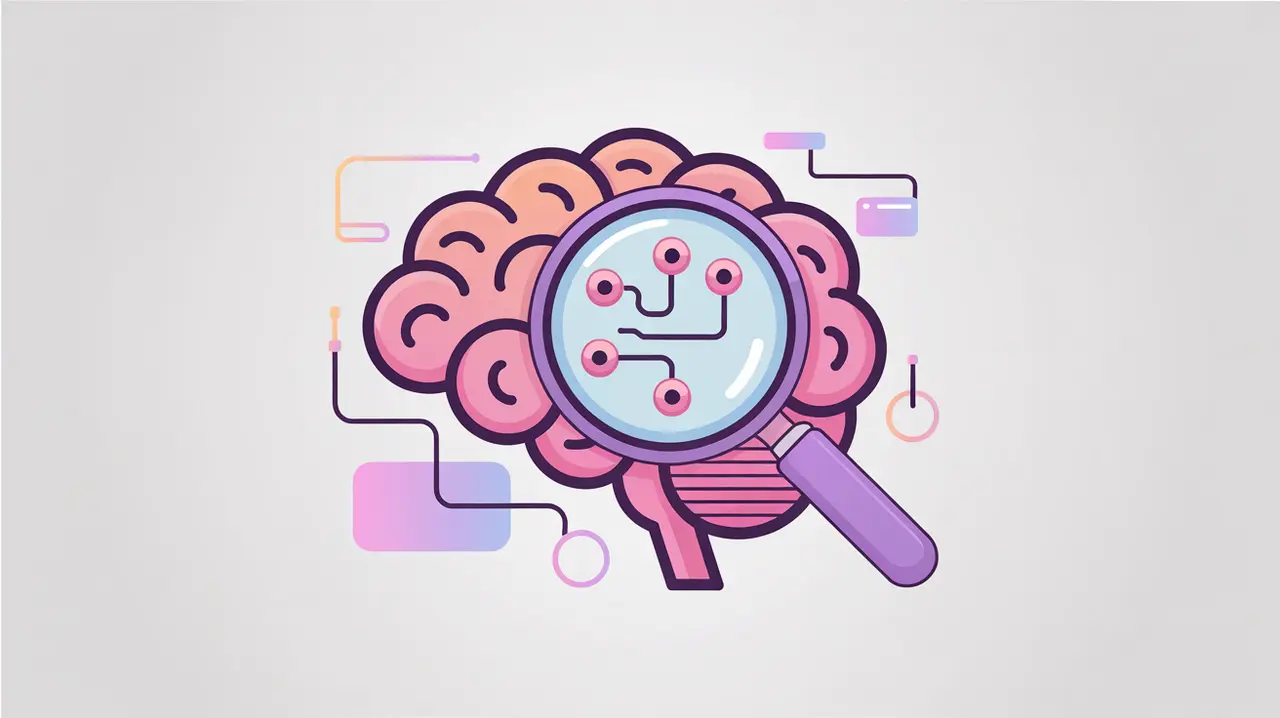Importance of Explainability and Interpretability
Explainability and Interpretability refer to the ability to understand how and why an AI system produces its outputs. Explainability often involves providing human-readable justifications for decisions, while interpretability refers to the inherent transparency of a model’s inner workings. Their importance today lies in ensuring that AI systems are not “black boxes,” especially when they are used in sensitive domains such as healthcare, education, and justice.
For social innovation and international development, explainability and interpretability matter because mission-driven organizations must be accountable to the communities they serve. Transparent AI fosters trust, supports informed decision-making, and enables oversight by regulators, funders, and civil society.
Definition and Key Features
Explainability techniques include post-hoc methods like LIME (Local Interpretable Model-Agnostic Explanations) and SHAP (SHapley Additive exPlanations), which show how different inputs influence predictions. Interpretability is stronger in simpler models like decision trees or logistic regression, where the logic is directly understandable.
These are not the same as accuracy metrics, which measure performance without clarifying reasoning. Nor are they equivalent to user-facing summaries alone. Explainability and interpretability focus on making the logic of AI comprehensible to humans at varying levels of technical expertise.
How this Works in Practice
In practice, explainability tools can highlight which medical indicators led to a diagnosis, which features influenced a loan decision, or which variables drove predictions in an education model. This helps users validate outputs, identify potential bias, and contest decisions if needed. Interpretability is especially critical when models are used to allocate scarce resources or affect rights.
Challenges include the trade-off between performance and transparency. Complex models like deep neural networks are powerful but less interpretable. Over-simplified explanations may also mislead users, creating a false sense of trust. Designing explanations for different audiences (engineers, policymakers, communities) is an ongoing challenge.
Implications for Social Innovators
Explainability and interpretability strengthen accountability in mission-driven contexts. Health programs benefit when diagnostic tools show clear reasoning behind recommendations. Education initiatives can build trust in adaptive learning platforms by explaining how algorithms adjust instruction. Humanitarian agencies need interpretable models to justify aid targeting decisions. Civil society organizations advocate for explainable AI as a safeguard against opaque systems that could reinforce inequality.
By making AI systems understandable, explainability and interpretability ensure that technology decisions remain open to scrutiny, dialogue, and accountability.







